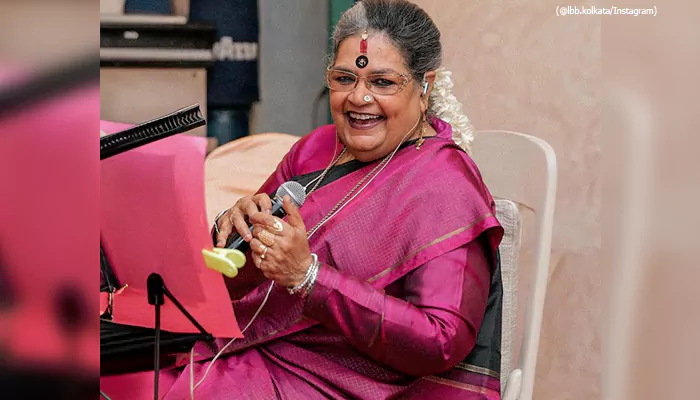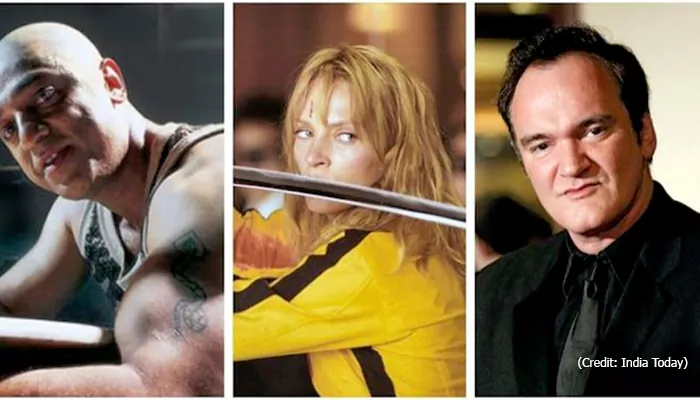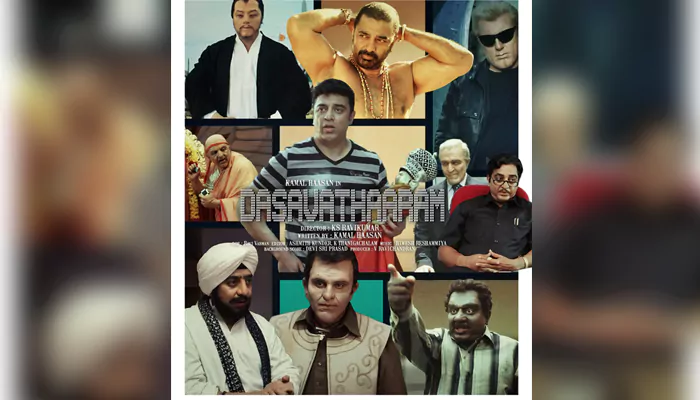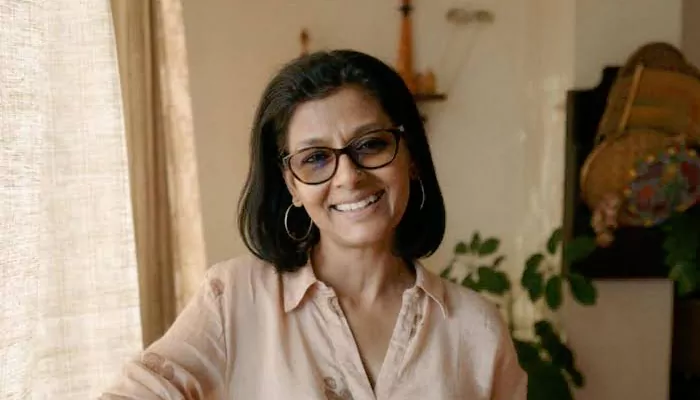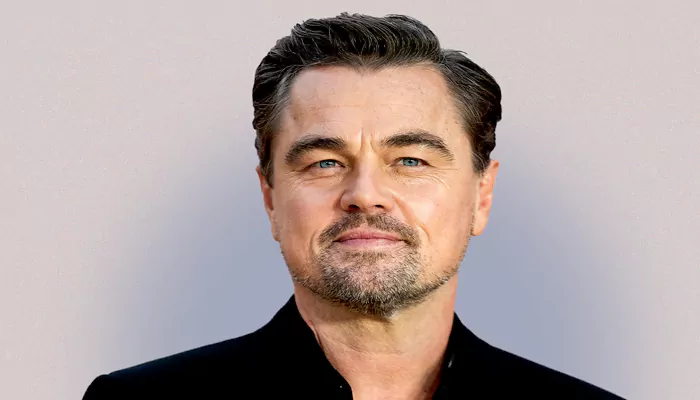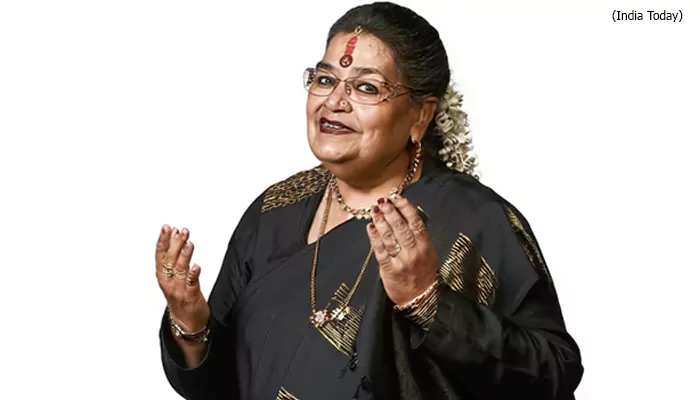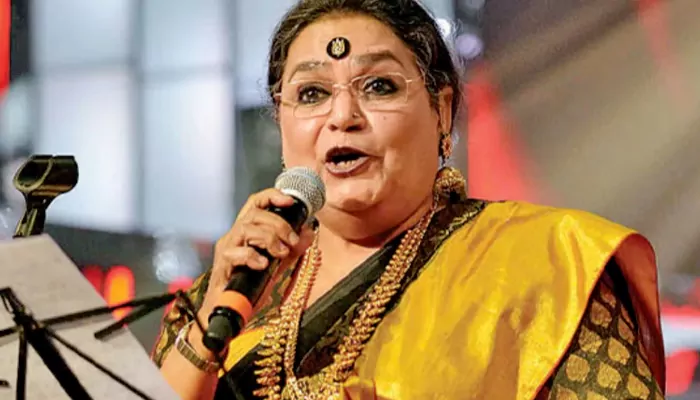Happy Chocolate Day: How Did Chocolates Become A Staple Of Valentine's Day Celebrations?
- Sayan Paul
- 9 months ago
- 4 minutes read

Without chocolates, Valentine's Day celebrations feel incomplete. But wait - is it a long-standing tradition or just a result of clever marketing campaigns?
Chocolates speak a language that's understood universally - love. It's not about their taste (which, obviously, is divine), but about the emotions that they encapsulate. When you gift someone a box full of chocolates, it melts their hearts magically, evoking a sense of joy and happiness. And that's exactly why they are widely considered a token of love, associated with Valentine's Day celebrations.
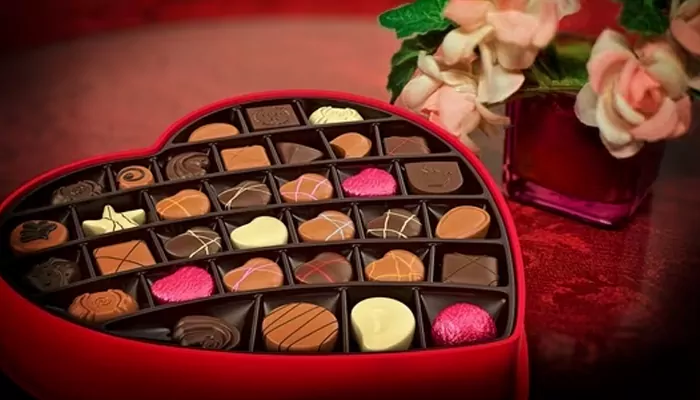
Well, gifting and receiving chocolates have become an integral part of Valentine’s Day (or Week) celebrations. However, have you ever wondered how this tradition actually began? Today, on Chocolates Day (part of Valentine's Week), let's learn that in this article.
Chocolates were never a part of Valentine's Day celebrations until 19th century
Valentine's Day, as we call the occasion today, traces its origins back to ancient Rome. For centuries, the celebrations were marked by exchanging poetry and handwritten letters and giving tokens of affection (such as flowers). Chocolates were never a part of it.
In fact, chocolates weren't widely consumed until the 16th century. According to records, Spanish conquistadors encountered cocoa in 1519 and brought it to Spain as a medicine. It gained popularity among Europeans with time, and gradually worldwide.
Saint Valentine is a 3th c. Roman saint associated since the High Middle Ages with a tradition of courtly love. pic.twitter.com/znIHc4wuHm
— Bibliophilia (@Libroantiguo) February 14, 2016
(Credit: Bibliophilia)
Now, what's worth noting here is that chocolates were seen as a luxury item at that time, enjoyed by European nobility only on special occasions.
Chocolates as "food of love" - Becoming a Valentine's Day staple
During the 19th century - thanks to a boost in cocoa production - chocolates became cheaper and simultaneously more accessible to common people. As a result, numerous companies flourished in the sector.
Richard Cadbury was a top player in the scene. Under his leadership, his company (can't mention the name, but I'm sure you have understood) produced several new and delicious varieties of chocolates. Richard realized that he needed to implement new marketing strategies to sell them. Therefore, in 1861, he introduced the first heart-shaped box of chocolates, adorned with beautiful imagery and floral designs. Thus, he transformed chocolates into a token of love.
Valentine's Day candy has been a tradition for more than 160 years! In 1861, Richard Cadbury thought to sell his chocolates in decorated heart-shaped boxes, which are still popular today. #SugarFactWednesday pic.twitter.com/RfXPBazlxv
— The Sugar Association (@MoreToSugar) February 8, 2023
(Credit: The Sugar Association
Valentine’s Day had already become one of the most awaited occasions of the year in the West. Richard injected an idea into people's minds that "chocolates are the food of love, without which Valentine's Day celebrations are incomplete". Needless to say, he won the game!
Did you know? ❤️🍫💐
— Bournville Heritage (@BVTHeritage) February 14, 2024
It was Richard Cadbury who designed the first known heart-shaped #chocolate box in 1868 that has since become synonymous with #ValentinesDay. pic.twitter.com/QvitUoUtNR
(Credit: Bournville Heritage)
And that's how it came into practice. Today, you can't imagine Valentine's Day without chocolates.
Some Additional Points
The heart-shaped boxes that Richard used played the most important part in his campaigns. Those were so beautiful that people kept them as mementos.
Richard's company went on to become only bigger with time. Today, it's the world's second-largest confectionery brand and operates in more than 50 countries worldwide.
D. #OTD 1899 Richard Cadbury. He & brother George ran the family chocolate business from 1861. Both worked hard, often assisting with production tasks. Though morally strict, they were immensely kind to workers. Daily workplace prayers continued at employees’ request. 🧵1/2 pic.twitter.com/XudquZZpBL
— BCUIM (@BCUIM) March 22, 2024
(Credit: BCUIM)
Also, it's not all about Richard's marketing. Chocolates - as studies have confirmed - have a strong emotional effect on minds. When you gift someone a box, it carries joy and comfort and strengthens the bond. On the other hand, it's incredibly beneficial for health as well.

